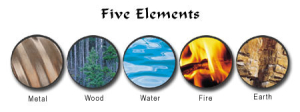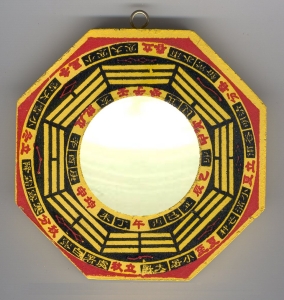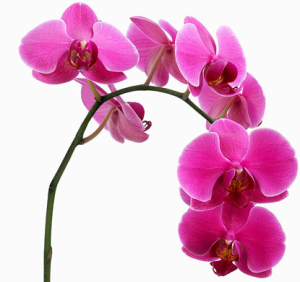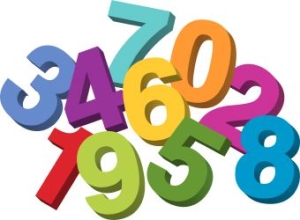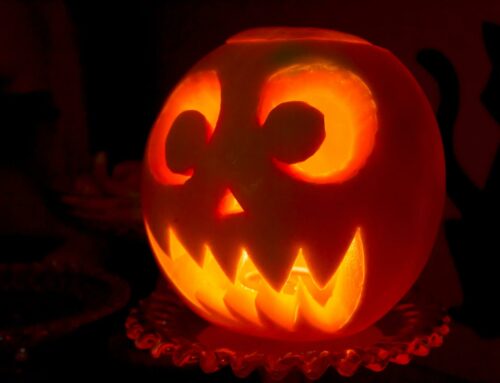Feng Shui revolves around the belief that utilizing certain symbols and spatial arrangements will create different energy flows for balance and harmony. Getting a grip on the terminology and symbolism behind this ancient Chinese practice can be challenging. Here is an overview of the key terms and concepts:
Terminology
Before diving into the symbols and applications of Feng Shui, let’s go over some basic terminology:
Geomancers: Scholars and practitioners who study terrain, direction, seasons, and constellations in order to learn where to place palaces, tombs, etc. and when to schedule rituals. Chi (Qi): In the Taoist belief, all things have and give off chi, or energy. Feng Shui uses its techniques to create good chi, which is supposed to bring wealth, prosperity, health, and happiness. Yin & Yang: The concept that everything has a counterpart. Yin is female and associated withdark, moon, cold, night, and water, while Yang is male and linked with light, sun, hot, day, and fire. It is important to recognize these oppositions and balance them accordingly. Five elements of Wu Xing: It is believed that Chi has different frequencies and functions, which are manifested in five elements. These are: metal, wood, water, fire, and earth. These elements can be literally shown (a fireplace represents fire) or symbolic (a mirror represents water). The elements move through a natural cycle, and Wu Xing involves manipulating the elements in order to create or destroy these cycles. For example, metal destroys wood. The literal interpretation is that an axe chops wood. However, symbolically metal represents age and wood represents youth, so age controls youth just as adults control children. Bagua (Ba-gua): A red octagon shape (usually flat) placed over the outside door of a The Five Elements each have their own associations and colours. Fire: passion and energy Earth: nourishment and stability Metal: clarity and preciseness Colours: gray, white Water: ease, freshness, abundance Wood: health and vitality Within this system, colours have their own meanings as well. Here is the significance of a few colours: Orange: warmth, conversation Yellow: truth, friendship Green: growth, renewal Blue: clarity, relaxation Purple: spirituality, faith White: innocence, strength The previously mentioned Bagua is ripe with symbolism. Because of all the different meanings found within, you must pick the gua of your home and place the bagua accordingly. The bagua should be placed on the outside of the home, and is commonly found with a flat mirror in the centre (bagua mirror). Here is a breakdown of the key areas, keeping in mind that for the traditional Chinese, the orientation of gua is placed at the bottom, while the top faces south. Element: water Northeast: spiritual growth and self-cultivation East: health and family Southeast: money and abundance South: fame and reputation Southwest: love and marriage West: creativity and children Northwest: helpful people, blessings, and travel Colours: white, gray The bagua is meant to go outside your home, but work your chi inside by playing with colours and flowers. Many flowers have different meanings within Feng Shui. Peony: attracts love, restores relationships Narcissus: flowering of talents and abilities, career success Chrysanthemum: balanced and easy life Cherry, Dogwood, Peach Blossom: freshness, new beginnings Lotus: perfection and healing Hydrangea: gratitude and enlightenment Another important aspect of Feng Shui is numbers, including the addresses of homes. 1: Independence, new beginnings 2: Cooperation, relationships 3: Creativity, family, self-expression 4: Can represent stability, but 4 is considered an unlucky numberbecause in certain dialects it sounds similar to “death”. Another unlucky number is 13 because 1 + 3 = 4. 6: Calm, beauty, aesthetics 7: It is a mystical number used in burial sites. It is believed that the rituals done will influence 7 generations later. It can also mean certainty, self-evaluation, and solitude 8: prosperity, wealth, abundance, success in business 9: attainment, completion, longevity, manifestation So there you have it, a basic overview of the language and symbolism behind Feng Shui. For tips on how to apply these ideas, check out Part 2!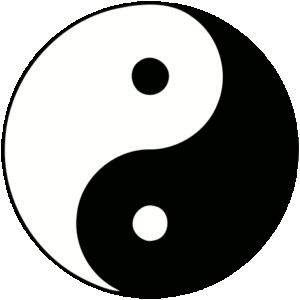
Chinese home. It is divided into eight sectors (or gua) that correspond to the 45-degree areas of a compass. They also involve directions, elements, seasons, planetary influences, colours andfamily members. There are various symbols that originate from the I Ching (an ancient Chinese book of divination).Symbolic Meanings
Colours: red, orange, purple, pink, strong yellow
Colours: light yellow, beige, earthy/sandy colours
Colours: blue, black
Colours: brown, green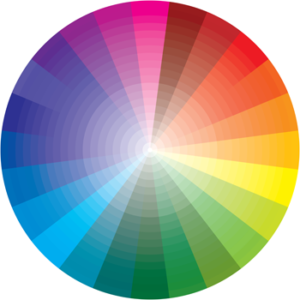
Colours: blue, black
Element: earth
Colours: beige, light yellow, sandy/earth tones
Element: wood
Colours: brown, green
Element: wood
Colours: brown, green
Element: fire
Colours: red, orange, purple, pink, bright yellow
Element: earth
Colours: beige, light yellow, sandy/earth tones
Element: metal
Colours: white, gray
Element: metal


